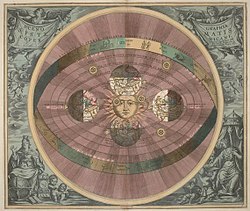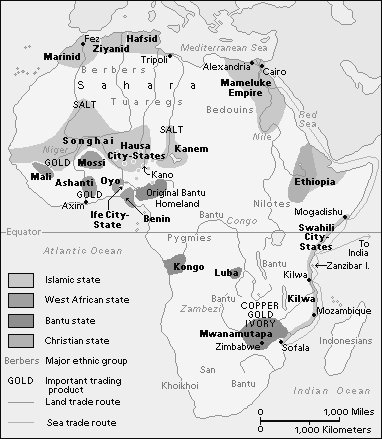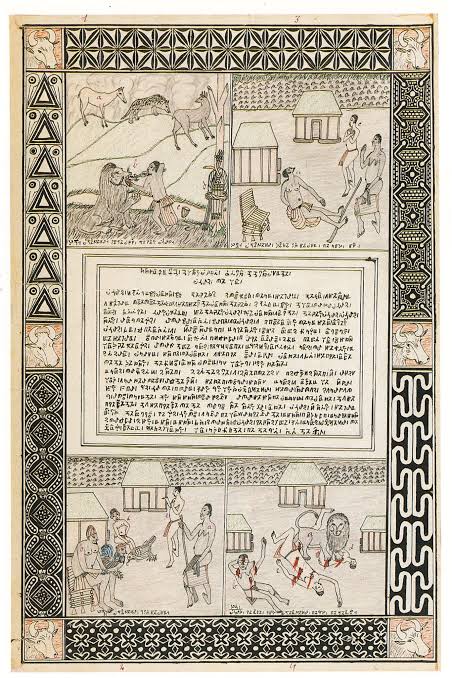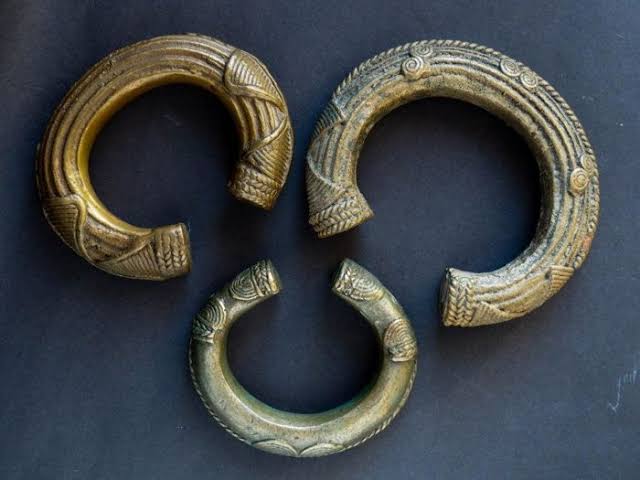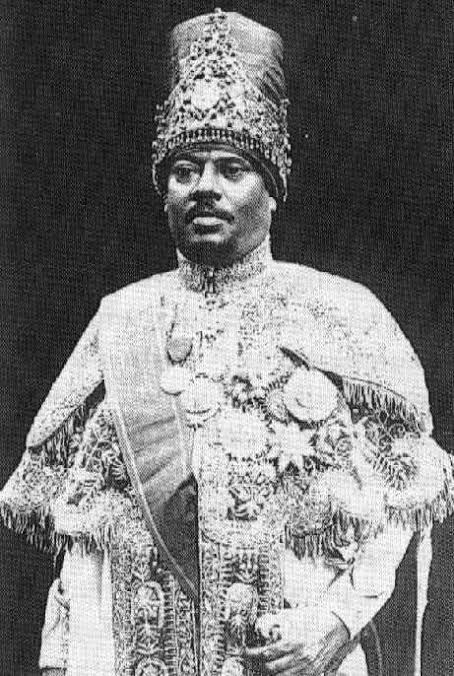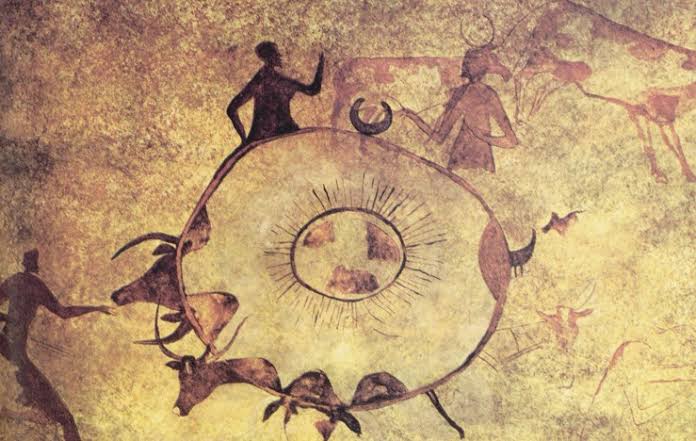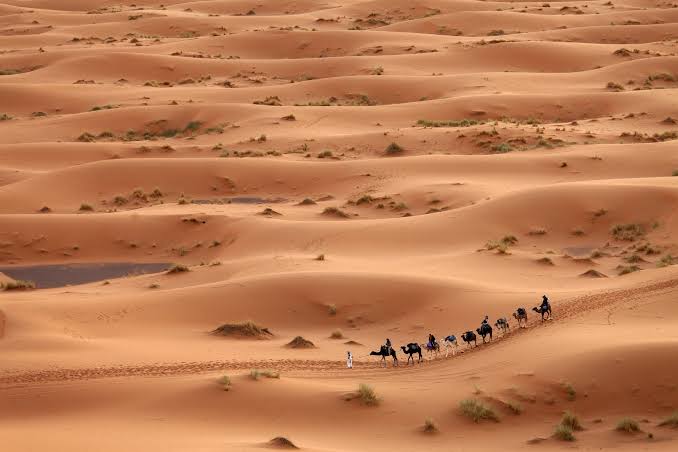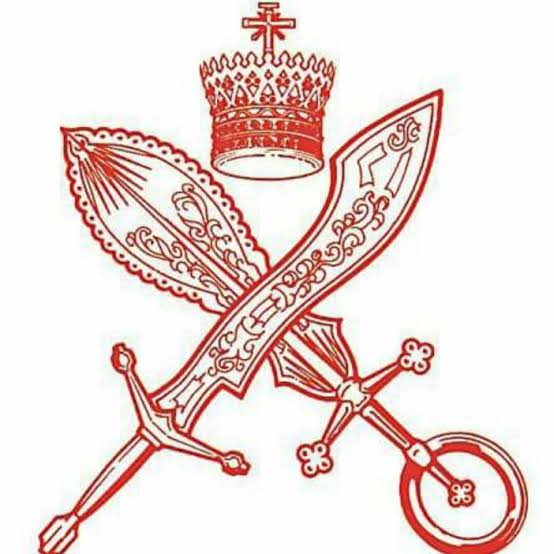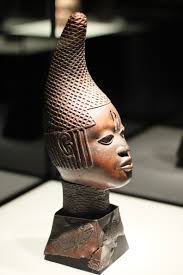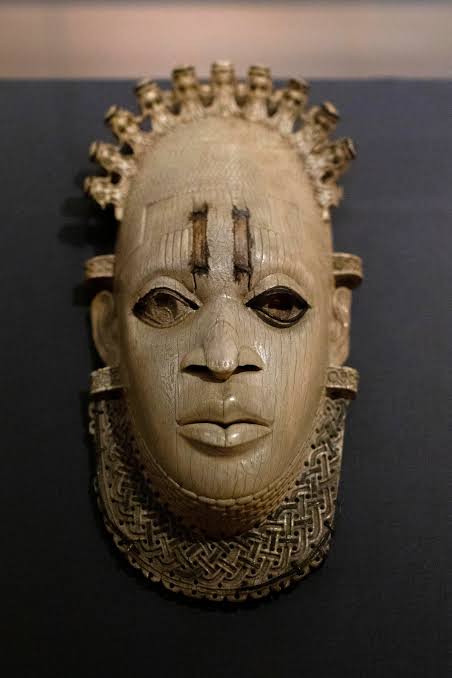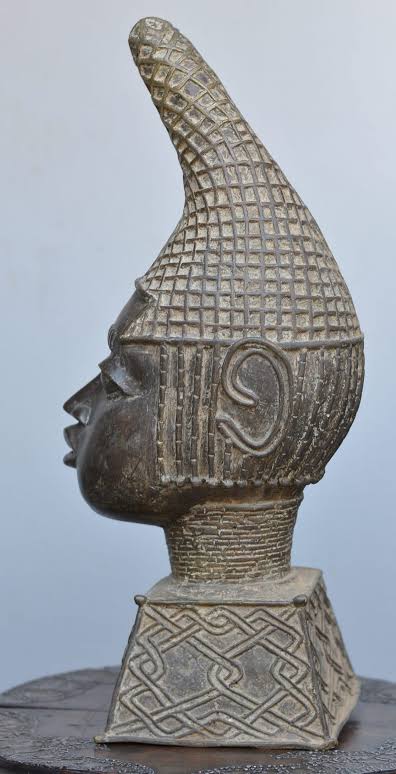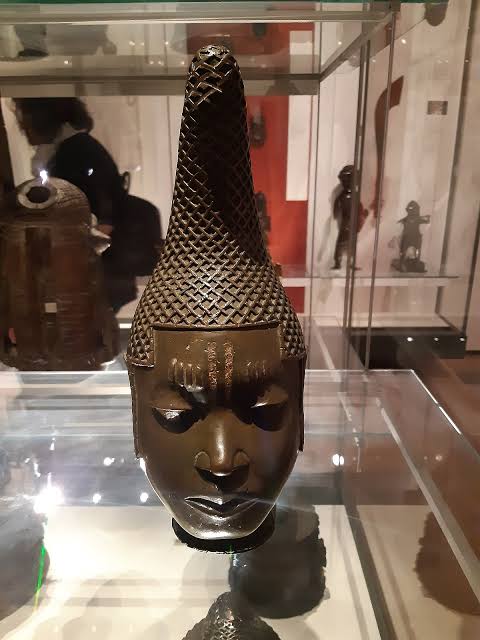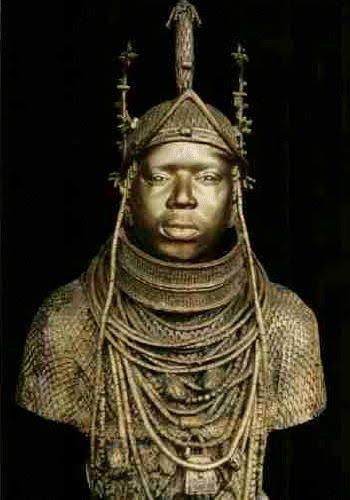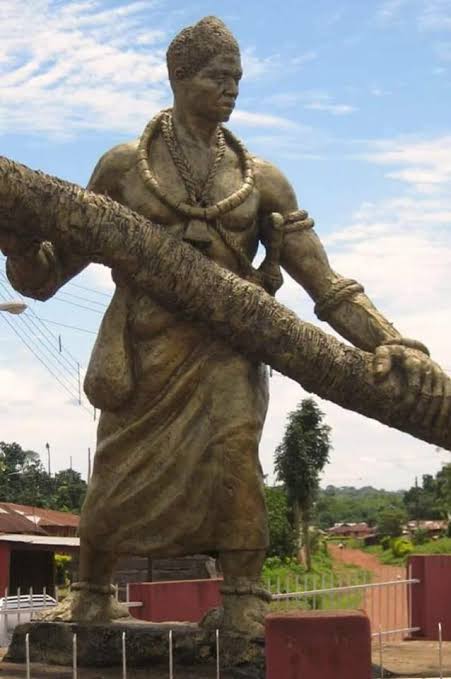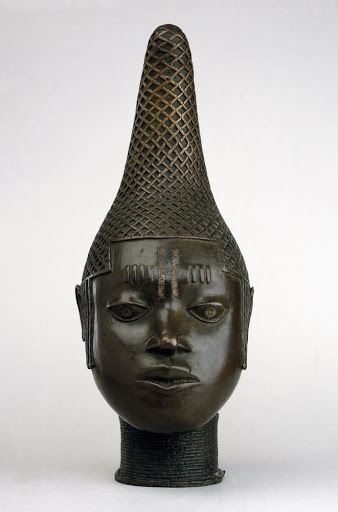
The Aksumite Empire
___
a trading empire centered in today Ethiopia, Eritrea, Djibouti, Somalia, Yemen and Somaliland. It existed approximately 400BCE -10 CentAD, growing from the Iron Age proto-Aksumite period c. fourth century BC to achieve prominence by the first century AD.



___
a trading empire centered in today Ethiopia, Eritrea, Djibouti, Somalia, Yemen and Somaliland. It existed approximately 400BCE -10 CentAD, growing from the Iron Age proto-Aksumite period c. fourth century BC to achieve prominence by the first century AD.
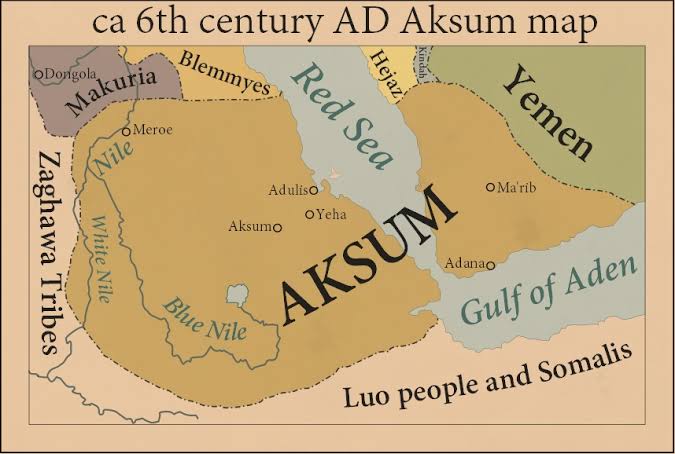
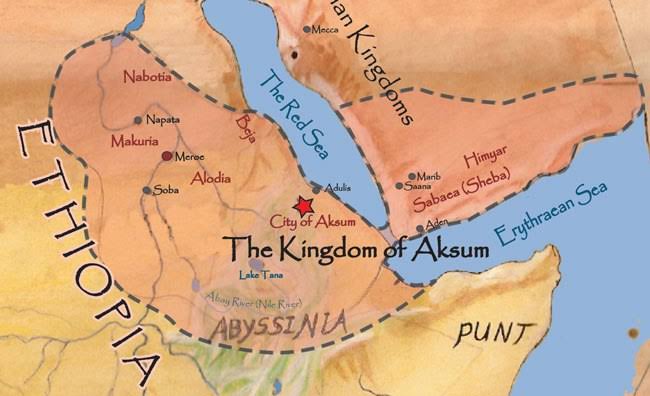
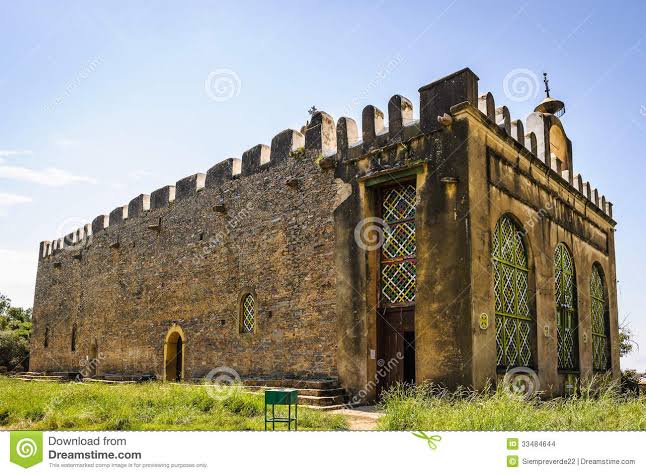
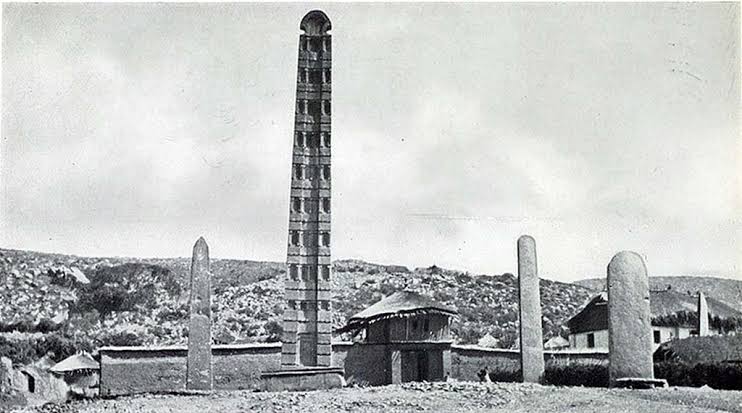
Prospering thanks to agriculture, cattle herding, and control over trade routes which saw gold and ivory exchanged for foreign luxury goods, the empire's capital was located at Axum kingdom built lasting stone monuments and achieved a number of firsts. 
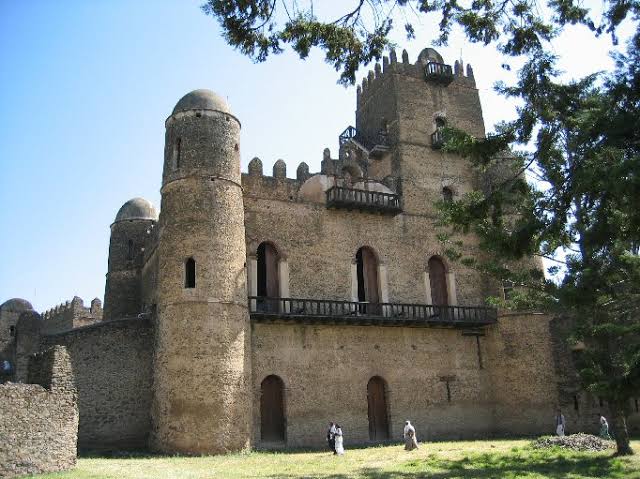
It was the first sub-Saharan African state to mint its own coinage and, around 350 CE, the first to officially adopt Christianity. Axum even created its own script, Ge’ez, which is still in use in Ethiopia today. 

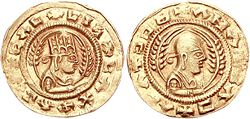
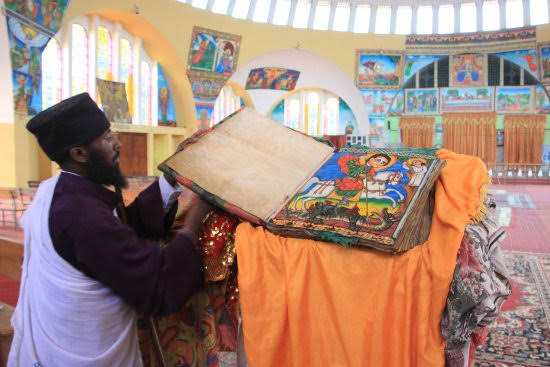
The kingdom of Axum began to prosper from the 1st century CE thanks to its rich agricultural lands, dependable summer monsoon rains, and control of regional trade.
This trade network included links with Egypt to the north and the east, along the East African coast and Arabia.
This trade network included links with Egypt to the north and the east, along the East African coast and Arabia.
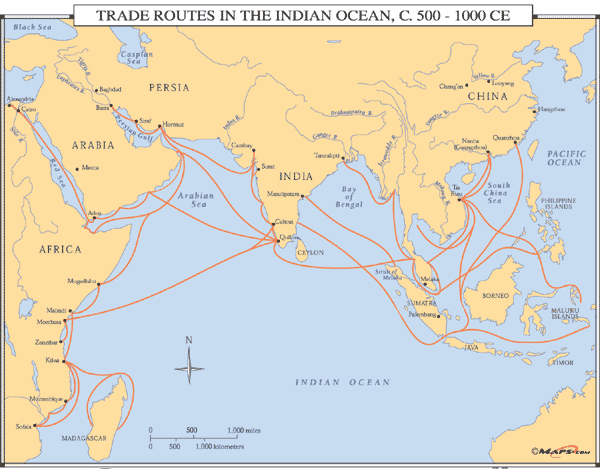
Aksum was the original capital of the Kingdom of Aksum, a naval and trading power building stelae which were large stone towers that served as grave markers and reached up to 33 meters high. 
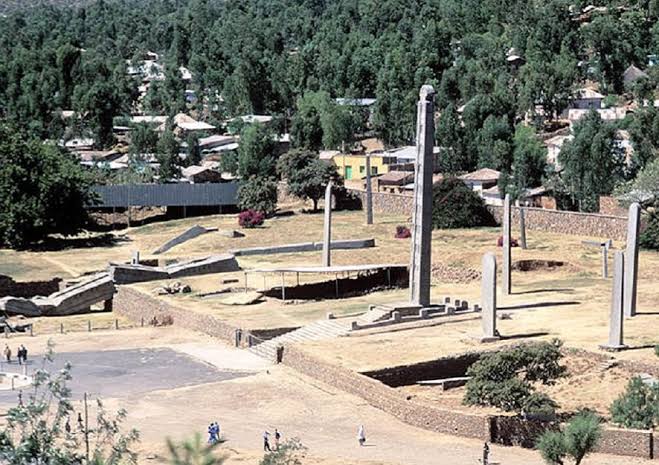
In 1937, the 24-meter tall, 1,700-year-old Obelisk of Aksum was discovered. Today it is widely regarded as one of the finest examples of Ancient architectural engineering from the height of the Aksumite empire. 
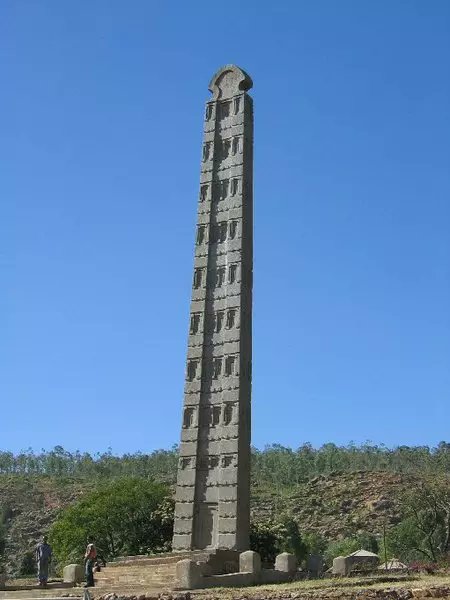
Church of Our Lady Mary of Zion Axum Ethiopia, houses the Ark of the Covenant, bears a design similar to that of Eastern Orthodox churches in Europe. Its most recent building, reconstructed in the 1950s, has a dome similar to the Hagia Sophia in Istanbul.
It is heavily guarded.
It is heavily guarded.
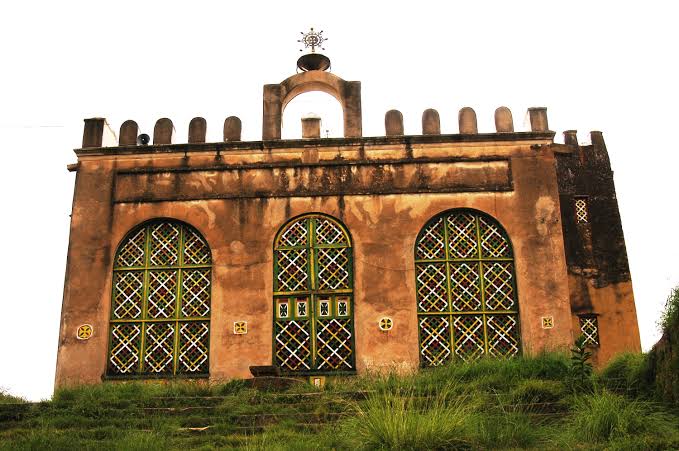
Lalibela one of a holy town of the Aksumite Empire was famous for its churches carved from the living rock, which play an important part in the history of rock-cut architecture. 


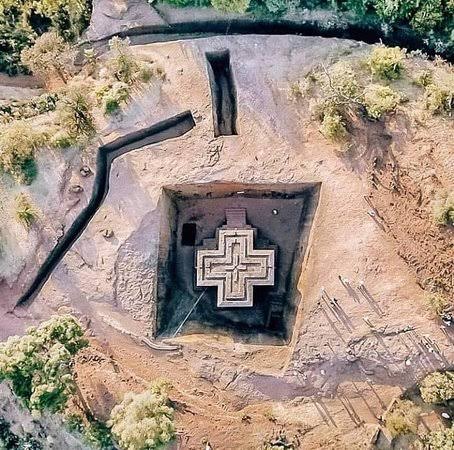
The kingdom went into decline from the 7th century CE due to increased competition from Muslim Arab traders and the rise of rival local peoples such as the Bedja. 
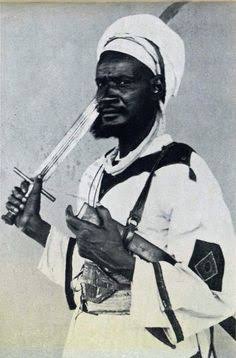
Surviving as a much smaller territory to the south, the remnants of the once great kingdom of Axum would eventually rise again and form the great kingdom of Abyssinia/ Ethiopian Empire in the 13th century CE.
https://twitter.com/Joe__Bassey/status/1308662355111411712?s=19
To know more about ancient African civilization and history check my likes and follow me to see my future post. 

Unroll @threadreaderapp
• • •
Missing some Tweet in this thread? You can try to
force a refresh

